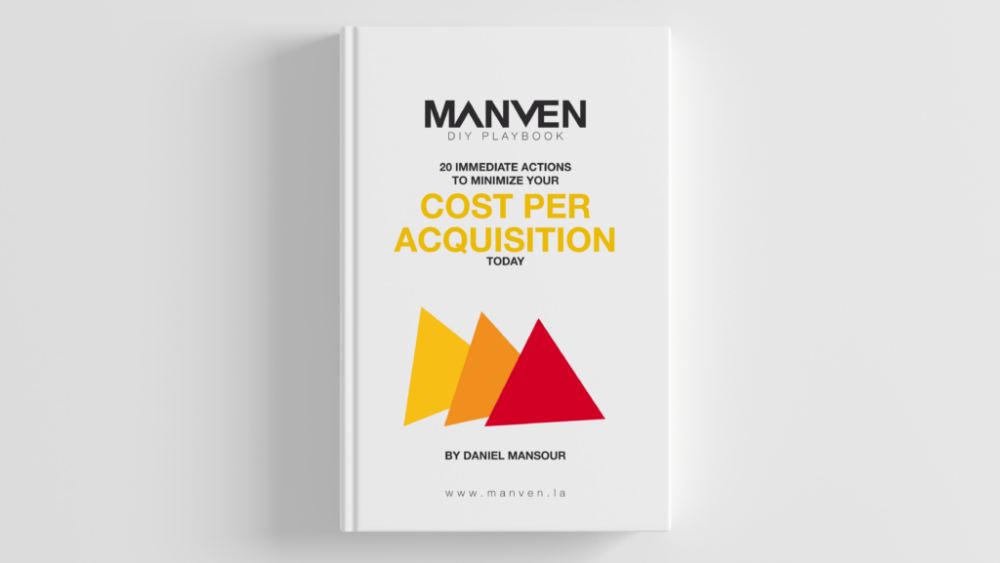Are you tired of seeing high Cost Per Acquisition (CPA) without understanding why? Wondering how you can maximize your ROI while minimizing your expenses? We’ve got a comprehensive playbook to help guide you through it all. Here is what’s covered:
CHAPTER 1: The Deadly Sin of Neglecting the Consumer Journey
The first mistake many businesses make is neglecting the consumer journey. Let’s explore why this is a cardinal sin in marketing and how understanding your customer’s path can significantly reduce your CPA.
👉 Download the playbook now to discover 4 actionable steps for enhancing the consumer journey and lowering your CPA instantly!
CHAPTER 2: The Silent Killer – Poor First Impressions
First impressions matter, especially in the fast-paced digital world. Let’s discuss how a subpar initial touchpoint can drastically raise your CPA and how to fix it.
👉 Inside the playbook, learn 3 strategies to improve first impressions and decrease CPA.
CHAPTER 3: Consideration Chaos: Where Prospects Get Lost
The battle isn’t won yet once you’ve made a good first impression. Many businesses lose prospects during the consideration phase. Learn how to avoid this pitfall in our playbook.
👉 Download now and find out 5 techniques to streamline the consideration phase.
CHAPTER 4: Running on Fumes: When Campaigns Don’t Have Enough Fuel To Convert
If your campaigns are not fueled with a well-targeted database and properly structured tests, they will run on fumes. We delve deep into this in our playbook.
👉 Get the playbook to learn 4 practical steps to fuel your campaigns and lower your CPA.
CHAPTER 5: The Devil’s in the Details: Small Errors with Big Consequences
Often, it’s the minor details that can cause your CPA to skyrocket. We’ve dedicated an entire chapter in the playbook to these nuanced but impactful points.
👉 Download the playbook and get 4 actionable solutions to eliminate errors and minimize your CPA.
Get It In Your Inbox Right Now
The quest for a lower CPA is a continuous journey, and we’re here to guide you every step of the way. So why wait? Start taking immediate action to minimize your CPA today!
👉 Ready for Immediate Impact? Download the complete playbook now and revolutionize your approach to CPA!
Where Should We Email The Playbook?
Submit your information below to get your copy of “20 Immediate Actions to Minimize Your CPA” delivered to your inbox.

